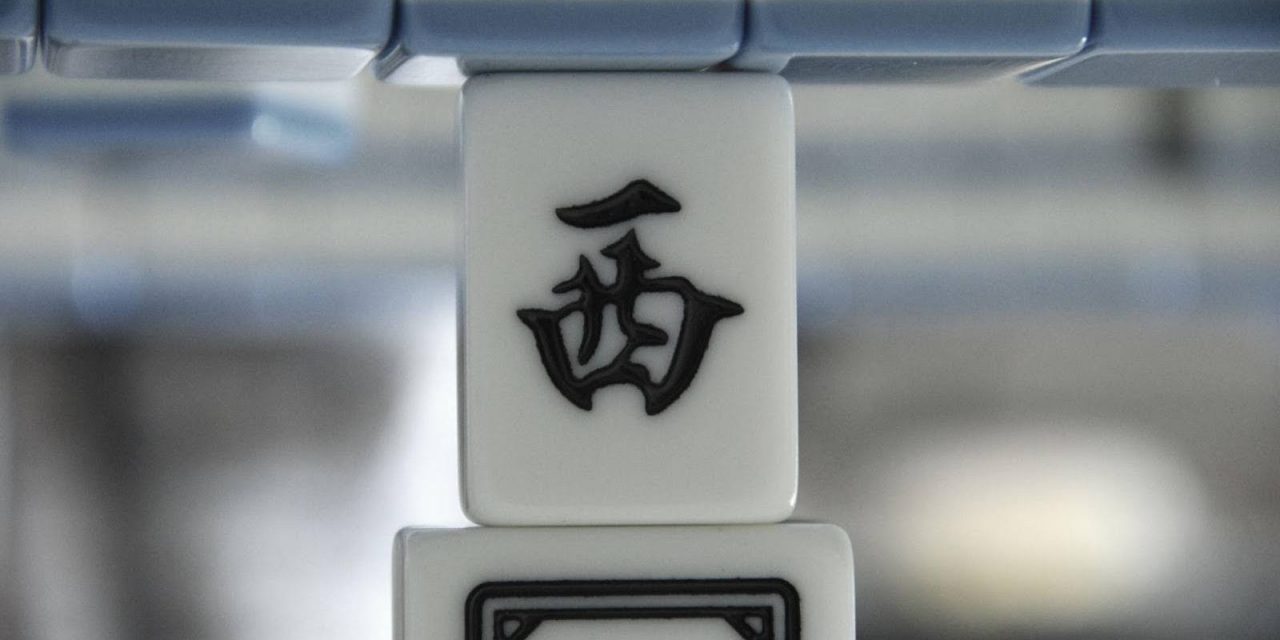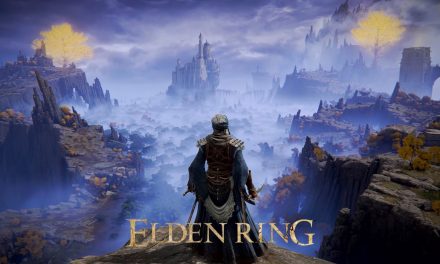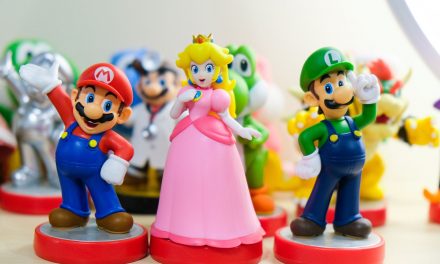While much of the gaming industry’s attention remains locked on blockbuster releases and next-gen hardware, a quieter but significant shift is underway across Asia, where familiar, deeply rooted forms of play are being reimagined to meet the needs of a changing, increasingly mobile generation.
Players are not just chasing spectacle; they are looking for games that feel connected to something real, something they already know. Companies willing to understand that difference are finding new ways to stay relevant without losing the heart of what made these games matter in the first place.
Sony’s recent decisions show how quickly traditional games have changed for new players, especially in markets where mobile access and fast engagement are now the standard. It is happening here, where classic formats shift naturally to fit modern habits without losing the depth that made them worth preserving—whether that means turning a Mahjong match into a five-minute online experience or finding ways for Pachinko to exist beyond its old physical spaces.
The goal is not to rebuild these games from scratch but to keep the feeling of tension, memory, and timing alive in a world that expects faster movement. Mahjong, which once unfolded across slow, careful hands at a physical table, now fits into a digital match that can start in seconds without losing the need for patience and sharp thinking.
Pachinko, once tied tightly to specific physical spaces, is being pulled into hybrid formats where skill and chance still dance together, but players can jump in from a phone screen.
Board games fit the same pattern. Instead of disappearing under the pressure of faster entertainment, they are finding new ground—turning up in cafés, apps, and crossover platforms where people still want the old experience, just on their terms.
Sony seems to understand that if the heart of the experience stays real, the platform around it can change without breaking what matters. With global video game revenues expected to grow from $188.1 billion in 2025 to $300 billion by 2035, the long-term opportunity is impossible to overlook.
There is a real business sense behind it, too. Updating familiar formats cuts development costs while building loyalty around shared memories that players already trust. A player who spends half an hour on a smartly adapted Mahjong app is not just playing a game—they are investing in a set of habits and expectations that will pull them toward other experiences built on the same trust.
Sony’s deeper move, backed by a business model where gaming already accounts for one of its largest revenue segments, is about shaping spaces where games are not isolated products but pieces of something players can step into naturally. Familiar mechanics, real stakes, personal strategy—those are the things that survive when platforms shift and trends fall away.
Betting on traditional games reflects a deeper understanding that strong competition and real connection survive long after specific platforms change.
In the end, the direction is simple: if you give players something that still feels honest when they sit down to it, they will stay. Maybe it is over a screen now instead of a wooden table. Maybe the pace is quicker.
But Sony is not trying to bring these games back to life; they never really left. What is changing is where and how players find them—and how easily those old instincts fit into the new rhythms of everyday life.











![[Rumor] Capcom is reportedly working on a new Dead Rising](https://vgleaks.com/wp-content/uploads/2025/12/capcom-logo-150x150.jpg)

